
Could Great Britain go off grid?


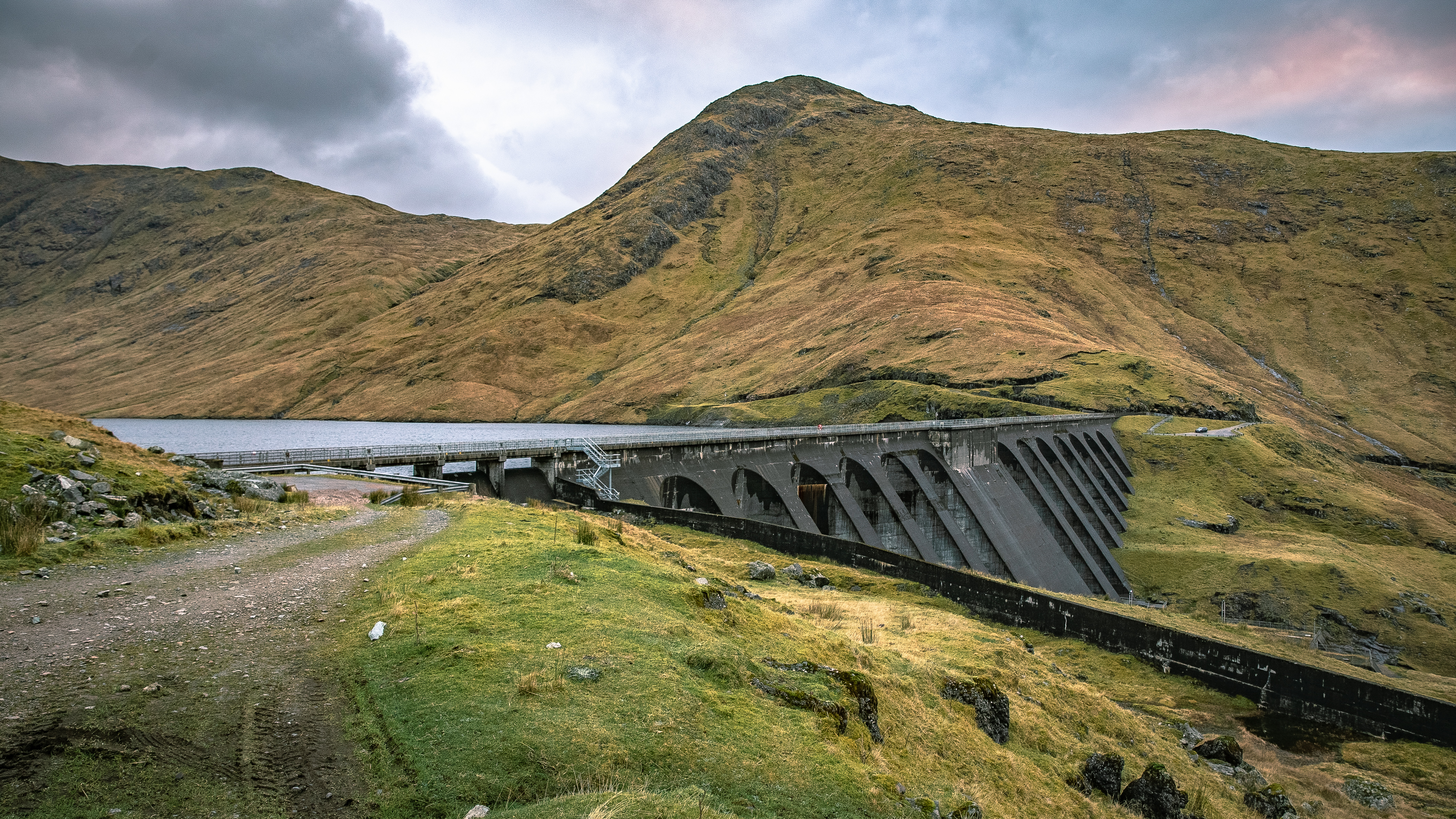
Electricity is unlike any other resource. The amount being generated must exactly match demand for it, around the clock.
Managing this delicate balancing act is the job of the National Grid Electricity System Operator (ESO), which works constantly to ensure supply meets demand and the grid remains balanced. One of the ways it does this is by storing energy when there is too much and deploying it when there is too little.
Although there are many different ways of storing energy at a small scale, at grid level it becomes more difficult. One of the few ways it is currently possible is through pumped hydro storage. Cruachan Power Station in the Highlands of Scotland is one of four pumped storage facilities in Great Britain. It uses electrically-driven turbines to pump water up a mountain into a reservoir when there is excess electricity on the grid, and then releases the water stored in the reservoir back down, to spin the same turbines to generate power when it’s needed quickly.
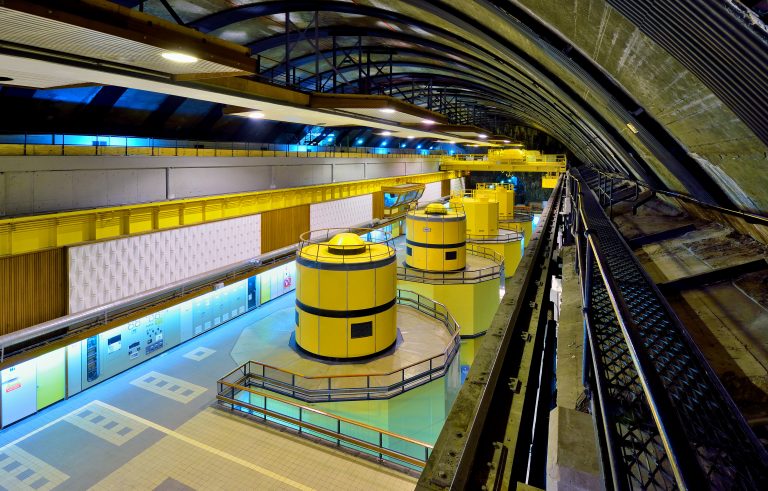
The dual capabilities of these turbines are unique to pumped hydro storage and contribute to the overall grid’s stability. However, what dictates when Cruachan’s turbines switch from pump to generate and vice versa is all a matter of what the grid needs – and when.
While the machine hall of Cruachan Power Station is an awe-inspiring place for its size and location 396 metres beneath Ben Cruachan, it generates electricity much like any other hydropower station: harnessing the flow of water to rotate any number of its four 100+ megawatt (MW) turbines.
This mode – simply called ‘generate mode’ – is usually employed during periods of peak power demand such as mornings and evenings, during a major national televised event, or when wind and solar energy output drops below forecast. As a result, starting up and generating millions of watts of electricity has to be fast.
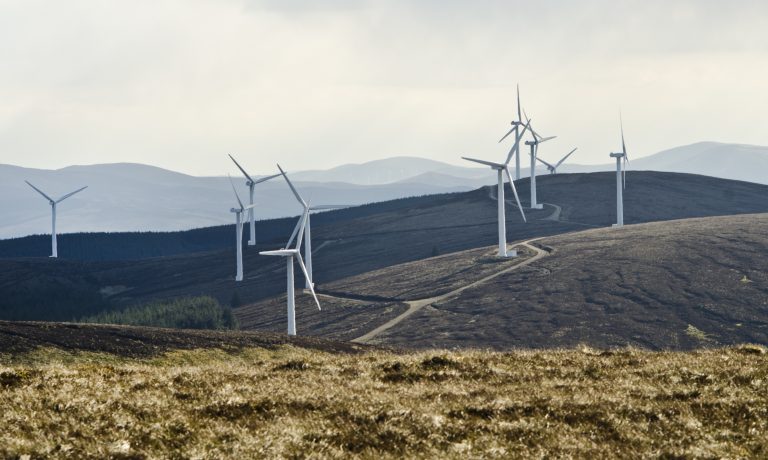
“It takes just two minutes for a turbine to run up from rest to generate mode,” says Martin McGhie, Operations and Maintenance Manager at the power station. “It takes slightly longer for the turbines to run down from generate to rest, but whatever function the turbines are performing, they can reach it within a matter of minutes.”
The reverse of generate mode is pump mode, which changes the direction of travel for the water, this time using electricity from the grid to pump water from the vast Loch Awe at the foot of Ben Cruachan to the upper reservoir, where it waits ready to be released.
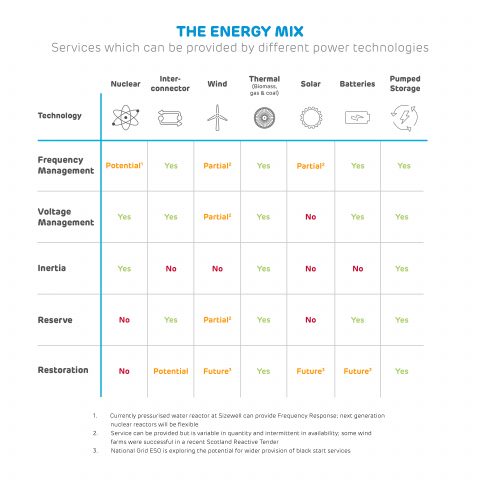
In contrast to generate mode, pump mode typically comes into play at times when demand is low and there is too much power on the system, such as during nights or at weekends, when there is excessive wind generation. However, the grid has evolved since Cruachan first began generating in 1965 and this has changed when it and how it operates.
“In the early days, Cruachan was used in a rather predictable way: pumping overnight to absorb excess generation from coal and nuclear plants and generating during daytime peak periods,” says Martin. “The move to more renewable energy sources, like wind, mean overall power generation is more unpredictable.”
He continues: “There has also been a move from Cruachan being primarily an energy storage plant to one which can also offer a range of ancillary services to the grid system operator.”
In between pumping water and generating power, Cruachan’s turbines can also spin in air while connected to the grid, neither pumping not generating. This is essentially a ‘standby mode’ where the turbines are ready to either quickly switch into generation or pumping at a moment’s notice (they spin one way for ‘spin pump’; the other for ‘spin generate’). These spin modes are requested by the ESO to ensure reserve energy is available to respond rapidly to changes on the grid system.
In spin generate mode, the generator is connected up to the grid but the water is ejected from the space around the turbine by injecting compressed air. The turbine does not generate power but is kept spinning, allowing it to quickly start up again. As soon as the grid has an urgent need for power, the air is released and the water from the upper reservoir flows into the turbine to begin generation in under 30 seconds.
Spin pump works on the same basis as spin generate, but with the turbine rotating in the opposite direction, ready to pump at short notice. This allows Cruachan to absorb excess generation and balance the system as soon as the ESO needs it.
“The use of spin mode by the ESO is highly variable and dependant on a number of factors e.g. weather conditions or the state of the grid system at the time” says Martin. This unpredictability of the increasingly intermittent electricity system makes the flexibility of Cruachan’s multiple turbines all the more important.
It’s not only the types of electricity generation around the system that are changing how Cruachan operates. Martin suggests that the way energy traders and the ESO use Cruachan will continue to evolve as the market requirements and opportunities change.
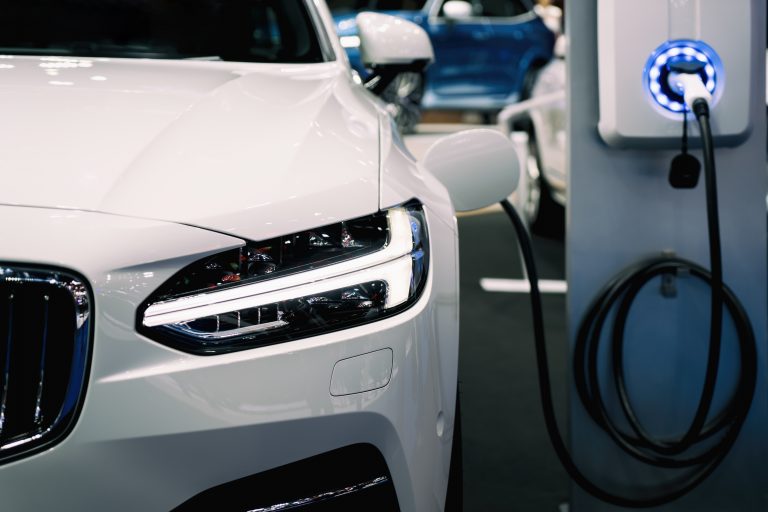
Technology is also changing the market and Martin predicts this could affect what Cruachan does. “In the future we will face competition from alternative storage technologies, such as batteries, electric vehicles, as well as competition for the other ancillary services we offer.”
However, Cruachan’s flexibility to generate, absorb or spin in readiness means it is prepared to adjust to any future changes.
“Cruachan is always ready to modify or upgrade to meet requirements, as we have done in the past,” says Martin. “The priority is always to be able to deliver the services required by the grid system operator – in characteristic quick time.”
Visit Cruachan — The Hollow Mountain to take the power station tour.
Read our series on the lesser-known electricity markets within the areas of balancing services, system support services and ancillary services. Read more about black start, system inertia, frequency response, reactive power and reserve power. View a summary at The great balancing act: what it takes to keep the power grid stable and find out what lies ahead by reading Balancing for the renewable future.
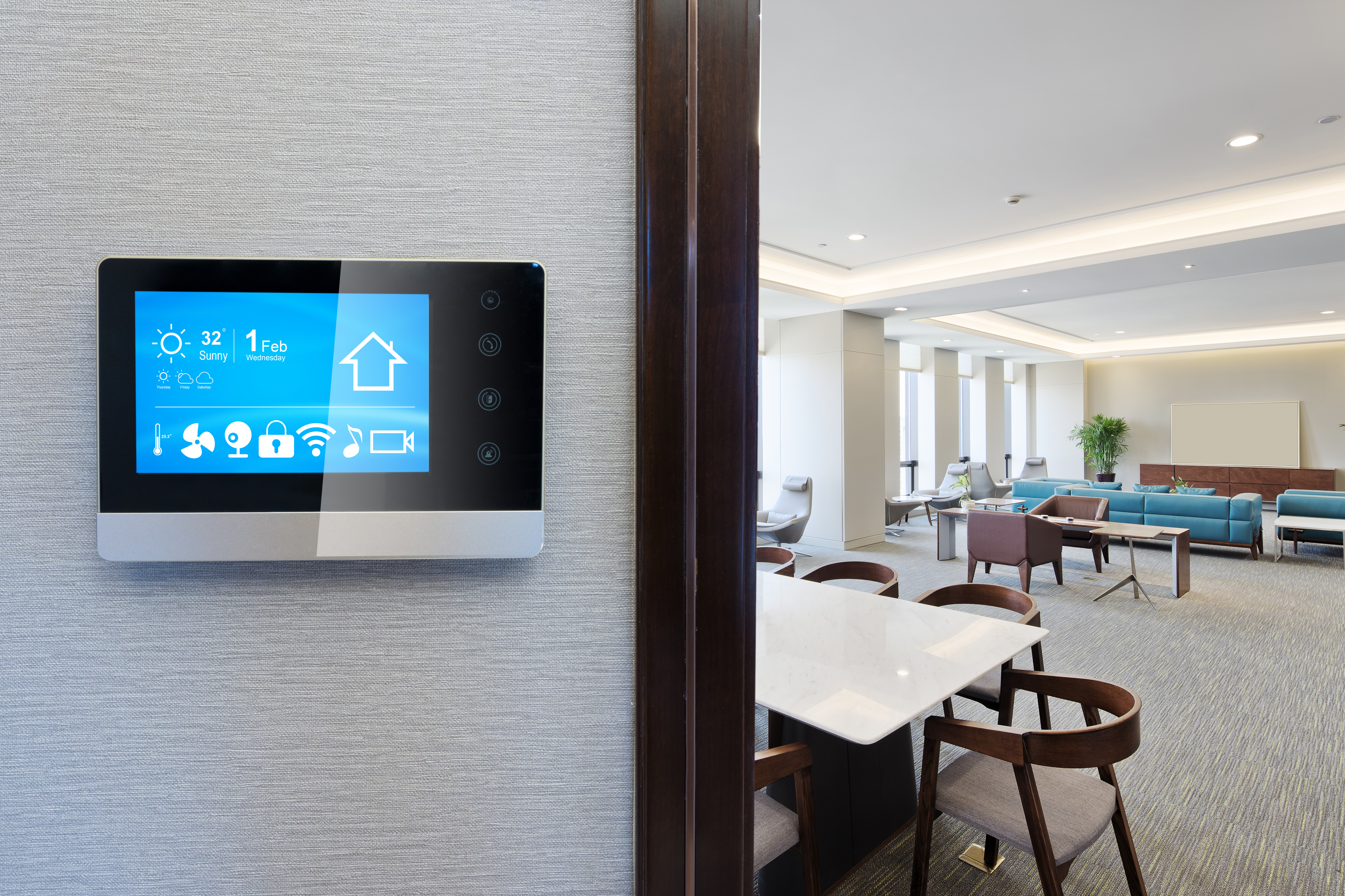
Think of the phrase ‘3D’ and may people instantly think of video games, television or cinema, along with the special glasses you needed to watch it.
But another form of 3D is, I believe, going to be at the heart of the energy revolution which is rapidly gathering place.
The three Ds in this case are Data, Diversification and Decarbonisation. Together, they will transform the way businesses buy, use and sell their energy, help companies take control of their energy use and save money and also play a key part in our journey towards a zero carbon, lower cost energy future.
We’re already seeing some real innovations in the energy sector. Our trial of a storage battery with a customer of Opus Energy is an example, offering a farming business in Northampton the chance to sell stored energy generated by solar panels back to the grid at times of peak demand – a potential new revenue stream.
But other innovations and advances will maintain the pace of change and data will be at the core of this now the new generation of smart meters are being installed in businesses, revolutionising customer relationships with their energy suppliers.
The data from the new meters will finally give customers insight into where and when they use energy. Suppliers will have to work much more closely with customers to help them access new opportunities for cost savings, access to new markets and even new revenue streams.

An example would be a restaurant. With the data smart meters will provide, the restaurant’s supplier will be able to tell the owners how their energy use compares to the local competition and where improvements can be made.
The detail could go as far as identifying whether the restaurant’s equipment is older and less efficient, whether rivals have installed newer kit or whether other businesses are switching off their equipment earlier or using it at different, cheaper times.
Using energy during the peak weekday morning and early evening hours is often the most expensive time to do so. Data will give businesses the insight into how they can use energy more efficiently and when they use it, offering them the chance to avoid buying at peak times whenever possible and driving efficiencies.
This is why Haven Power’s trading team is now working closely with GridBeyond. The partnership allows our customers to trade the power they produce as well as optimise their operations to help balance the grid at times of peak demand. The really smart thing is that in doing so, customers are reducing their energy costs and making their operations more sustainable.

Trading desks at Haven Power’s Ipswich HQ
The way demand changes and is managed by businesses and consumers on a diversified power system will also be key. The business energy sector is already diversifying as many customers are able to generate and store their own power but the next step is for more customers to be paid to reduce their usage at peak times.
Think of a busy time for the National Grid – half time in the FA Cup Final or after the results in Strictly Come Dancing. Previously, the grid would have to pay a power station to ramp up generation to meet demand but these days, customers are paid to reduce demand for 30 minutes or so – in effect becoming a huge virtual power station.
This has happened for some time of course with larger, industrial customers but now, smaller companies can benefit from this too, thanks to the data and insight they will have from their smart meters. This empowers customers and puts them, not the energy companies, in control of the key decisions about their energy.
A close, advisory relationship between energy suppliers and their customers will become ever more important to make sure business can choose to avoid the high demand periods, and maximises use during the lower, cheaper times. In fact, I can see a time when customers will end up paying more for insight and advice than they do for the power they buy – and they’ll save money overall in doing so.
And if we get all this right, it will help drive one of the most important of the three Ds – decarbonisation.
Sustainability is increasingly becoming a primary focus for businesses and demand for renewable energy is growing because it is now cost-effective. That will help us in our drive towards a zero carbon future as more and more renewable energy comes onstream, though the UK will continue to need power generated from more flexible assets as well.
So there are huge opportunities out there to transform our energy landscape but they have to be viewed positively. The smart metering programme can be viewed as a regulatory burden or it can be seen as an opportunity. We take the positive view.
Likewise, batteries were once the preserve of massive companies only but now, as technology develops, they are becoming available for smaller firms too. The more we can innovative on a larger scale, the more the technology will work its way into smaller markets too, adding momentum to the energy revolution.
The opportunities are huge. If we get it right, so too will be the benefits to one of the biggest priorities of all – the work to decarbonise the UK and create the lower carbon future we all want.

On the night of 5 December 2015, 61,000 homes and properties across Lancaster were plunged into darkness. Storm Desmond had unleashed torrents of rain on Great Britain, causing rivers to swell and spill over. With waters rising to unprecedented levels, the River Lune began threatening to flood Lancaster’s main electricity substation, the facility where transformers ‘step down’ electricity’s voltage from the transmission system so it can be distributed safely around the local area.
To prevent unrepairable damage, the decision was taken to switch the substation off, cutting all power across the region. Lights, phones, internet connections and ATMs all went dead across the city. It would take three days of intensive work before power was restored.
It was a bigger power outage than most, but it offers a unique glimpse into the mechanisms behind a blackout – not only how they’re dealt with, but how they’re caused.
When the lights go out, a common thought is that the country has ‘run out’ of electricity. However, a lack of electricity generation is almost never the cause of outages. Only during the miners’ strikes of 1972 were major power cuts the result of lack of electricity production.
Rather than meeting electricity demand, power cuts in Great Britain are more often the result of disruption to the transmission system, caused by unpredictable weather. If trees or piles of snow bring down one power line, the load of electric current shifts to other lines. If this sudden jump in load is too much for the other lines they automatically trip offline to prevent damage to the equipment. This in turn shifts the load on to other lines which also then trip, potentially causing cascading outages across the network.
Last March’s ‘Beast from the East’, which brought six days of near sub-zero temperatures, deep snow and high winds to Great Britain, is an example of extreme weather cutting electricity to as many as 18,000 people.
High-winds brought trees and branches down onto powerlines, while ice and snow impacted the millions of components that make up the electricity system. Engineering teams had to fight the elements and make the repairs needed to get electricity flowing again.
Lancaster was different, however. With the slow creep of rising rainwater approaching the substation, the threat of long lasting damage was plain to see in advance, and so rather than waiting for it to auto-trip, authorities chose to manually shut it down.
Electricity North West is Lancaster’s network operator and after shutting down the substation, it began the intensive job of trying to restore power. On Monday 7 December, two days after the storm hit, the first step of pumping the flooded substation empty of water had finally been completed and the task of reconnecting it began.
To begin restoring power to the region 75 large mobile generators were brought from as far away as the West Country and Northern Ireland and hooked up to the substation, allowing 22,000 customers to be reconnected.
Once partial power was restored, the next challenge lay in repairing and reconnecting the substation to the transmission network. While shutting the facility had prevented catastrophic damage, some of the crucial pieces had to be completely replaced or rebuilt. After three days of intensive engineering work the remaining 40,000 properties that had lost power were reconnected.

The cause and scale of Lancaster’s outage were unusual for Great Britain’s electricity system but it does highlight how quickly a power cut may arise. In a time of transition, when the grid is decarbonising and the network is facing more extreme weather conditions because of climate change, it could create even more, new challenges.
Coal is scheduled to be taken entirely off the system after 2025, making the country more reliant on weather-dependent sources, such as wind and solar – potentially increasing the volatility of the system.
On the other hand, growing decentralised electricity generation may reduce the number of individual buildings affected by outages in the future. Solar generation and storage systems present on domestic and commercial property may also reduce dependency on local transmission systems and the impact of disruptions to it.
The cables and poles that connect the transmission system will always be vulnerable to faults and disruptions. However, by preparing for the future grid Great Britain can reduce the impact of storms on the electricity system.

It’s not news to say Great Britain’s electricity system is changing. Low carbon electricity sources are on course to go from 22% of national generation in 2010 to 58% by 2020 as installation of wind and solar systems continue to grow.
But while there has been much change in the sources fuelling electricity generation, the system itself is still adapting to this transformation.
When the national grid was first established in the 1920s, it was designed with coal and big spinning turbines in mind. It meant that just about every megawatt coming onto the system was generated by thermal power plants. As a result, the mechanisms keeping the entire system stable – from the way frequency and voltage is managed to how to start up the country after a mass black out – relied on the same technology. These ‘ancillary services’ – those that stabilise the system – are crucial to maintaining a balanced electricity system.
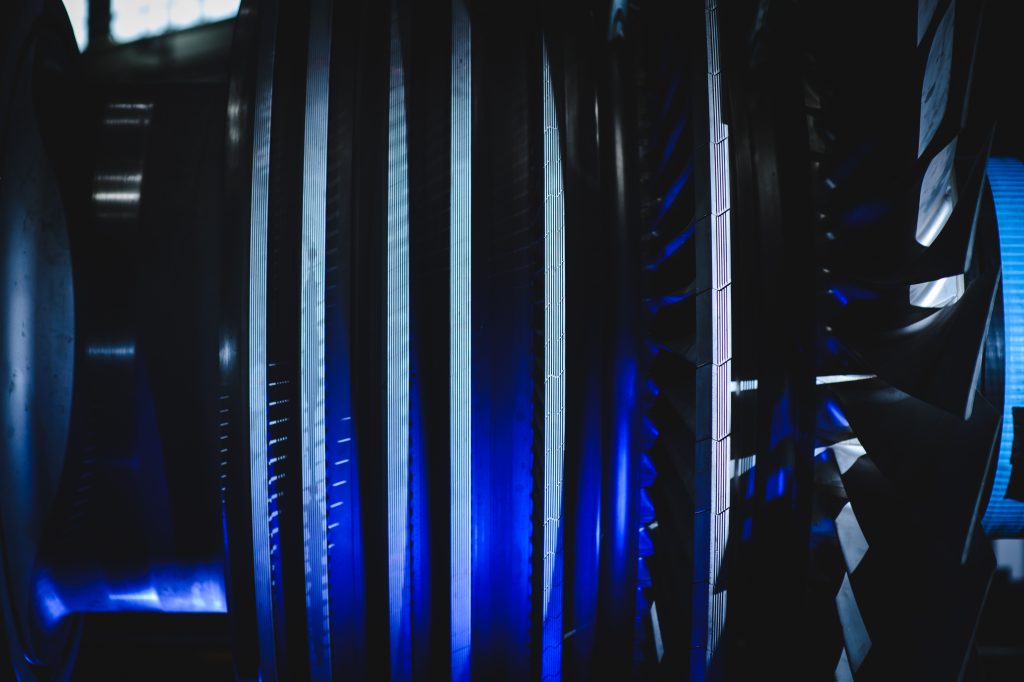
“Ancillary services are needed to make sure demand is met by generation, and that generation gets from one place to the next with no interruptions,” explains Ian Foy, Head of Ancillary Services at Drax. “Because what’s important is that all demand must be met instantaneously.”
In today’s power system, however, weather dependent technology like offshore wind and home solar panels are increasingly making up the country’s electricity generation. Their intermittency or variability is, in turn, impacting both the stability of the grid and how ancillary services are provided.
Running a large power system with as much as 85% intermittent generation – for example on a very windy, clear, sunny day – is thought to be achievable. It isn’t a scenario anticipated for the large island of Great Britain. But to deal with the fast-pace of change on its power system which recently managed to briefly achieve 47% wind in its fuel mix, there is a need to develop new techniques, technologies and ways of working to change how the country’s grid is balanced.

One of the technologies that’s expected to provide an increasing amount of balancing services is grid-scale batteries. One stabilisation function offered by batteries (and other electricity storage options) is to provide reserve at times when demand peaks or troughs. This matches electricity demand and generation.
Combined with their ability to respond quickly to changes in frequency, batteries can be a significant source of frequency response.
Batteries can also absorb and generate reactive power, which can then be deployed to push voltage up or down when it starts to creep too far from the 400kV or 275kV target (depending on the powerlines the electricity is travelling along) needed to safely move electricity around the grid.
The challenge with batteries is that the quantity of megawatt hours (MWh) required to compensate for intermittency is very large. The difference between the peak and trough on any day may be more than 20 GW for several hours (see for yourself at Electric Insights).
The significant price reductions in battery storage apply to technologies with short duration (or low volume MWhs). These are the technologies which have been developed at scale recently but will probably struggle to make up in any large quantity any shortfalls in generation resulting from prolonged periods of low intermittent generation.
A challenge currently being addressed relates to maintenance of battery state of charge. This is a consequence of battery storage having a cycle efficiency of less than 100%. This means that losses from continuous charging and recharging will have to be replenished from the available generation to avoid batteries going empty and being unavailable for grid services.
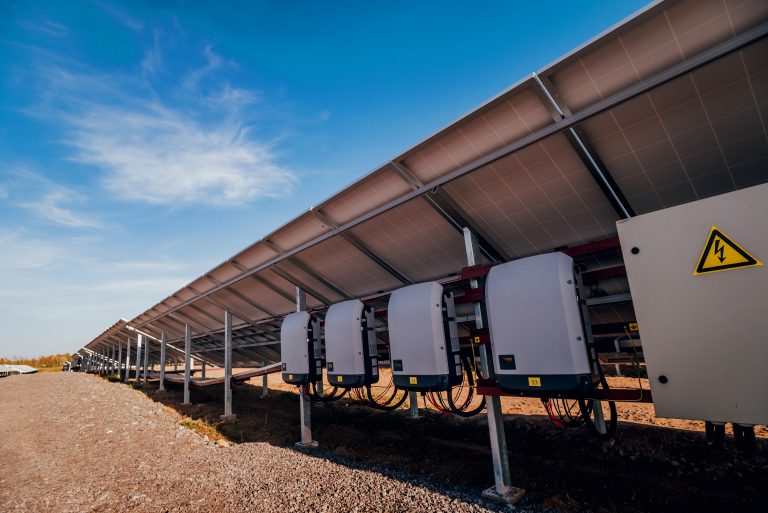
Rather than relying on batteries to provide ancillary services to support intermittent generation, technical advancements are allowing the wind and solar facilities – which are generating more and more of the country’s electricity – to do so themselves.
The traditional photovoltaic (PV) inverters found on solar arrays were initially designed to push out as much active, or real, power as possible. However, new smart PV inverters are capable of providing or absorbing reactive power when it is needed to help control voltage, as well as continuing to provide active power.
The major advantage of smart inverters is the limited equipment update required to existing solar farms to allow them to offer reactive power control. The challenge here is that PV is embedded in distribution systems and therefore reactive services they provide may not cure all the problems on the transmission system.
Similarly, existing wind installations have traditionally focused on getting the greatest amount of megawatts from the available resources, but with fewer thermal power stations on the grid, ways of balancing the system with wind turbines are also being developed.

Inertia is the force that comes from heavy spinning generators and acts as a damper on the system to limit the rate of change of frequency fluctuations. While wind turbines have massive rotating equipment, they are not connected to the grid in a way that they automatically provide inertia, however, research is exploring what’s known as ‘inertial response emulation’ that may allow wind turbines to offer faster frequency response.
This works through an algorithm that measures grid frequency and controls the power output of a wind turbine or whole farm to compensate for frequency deviations or quickly provide increases or decreases in power on the system. Inertial response emulation cannot be a complete substitute for inertia but can reduce the minimum required inertia on the system.
Even in a future where the majority of the country’s electricity comes from renewable sources, thermal generators may still be able to provide benefits to the system by running in ‘synchronous compensation’ mode i.e. producing or consuming reactive power without real power.
However, what is vitally important for the future of balancing services in Great Britain is a healthy, transparent and investable market for generators, demand side response and storage, whether connected on the transmission or distribution networks.

One of the primary needs of balancing service providers is greater transparency into how National Grid procures and pays for services. Currently, National Grid does not pay for inertia. With it becoming more important to grid stability, incentive is needed to encourage generators with the capability to provide it. Those technologies that can’t provide inertia, could be encouraged to research and develop ways they could do so in the future.
Standardising the services needed will help ensure providers deliver balancing products to the same level needed to support the grid. It would also benefit from fixed requirements and timings for such services. Bundling related products, such as reserve and frequency control, and active power and voltage management, will also offer operational and cost efficiencies to the providers.
Driving investment in balancing services for the future, ultimately, requires the availability of longer-term contracts to offer financial certainty for the providers and their investors.
For the challenges of decarbonisation to be met in a socially responsible way, Great Britain’s power system must be operated at as low a cost as possible to consumers.
With new technologies, almost anything could be possible. But operating them has to be affordable. In many cases, it may take time for costs of long duration batteries to come down – as it has with the most recent offshore wind projects to take Contracts for Difference (CfDs) and Drax’s Unit 4 coal-to-biomass conversion under the Renewables Obligation (RO) scheme.
Thermal power technologies such as gas that has proven capabilities in ancillary services markets can at least be used in a transitional period over the coming decades until a low carbon solution is developed.
Biomass will continue to be an important source of flexible power. This summer, at Drax, biomass units are helping to balance the system. It is the only low carbon option which can displace the services provided by coal or gas entirely.
In the past the race to decarbonisation was largely based around building as great a renewable capacity as possible. This approach has succeeded in significantly scaling up carbon-free electricity’s role on Great Britain’s electricity network. However, for the grid to remain stable in the wake of this influx, all parties must adapt to provide the balancing services needed.
This story is part of a series on the lesser-known electricity markets within the areas of balancing services, system support services and ancillary services. Read more about black start, system inertia, frequency response, reactive power and reserve power. View a summary at The great balancing act: what it takes to keep the power grid stable and find out what lies ahead by reading Maintaining electricity grid stability during rapid decarbonisation.

For more than 50 years Great Britain has been electrically connected to Europe. The first under-sea interconnector between British shores and the continent was installed in 1961 and could transmit 160 megawatts (MW) of power. Today there is 4 gigawatts (GW) in interconnector capacity between Great Britain, France, Ireland and the Netherlands – and there’s more on the way.
By the mid-2020s some estimates suggest interconnector capacity will reach 18 GW thanks to new connections with Germany, Denmark and Norway. The government expects imports to account for 22% of electricity supply by 2025, up from 6% in 2017.
This increased connectivity is often held up as a means of securing electricity supply and while this is largely true, it doesn’t tell the full story.
In fact, this plan could risk creating a dependency on imported electricity at a time when flexibility and diversity of power sources are key to meeting demand in an increasingly decentralised, decarbonising system.
Great Britain needs to be connected and have a close relationship with its European neighbours, but this should not come at the expense of its power supply, power price or ongoing decarbonisation efforts. Yet these are all at risk with too great a reliance on interconnection.
To secure a long term, stable power system tomorrow, these issues need to be addressed today.
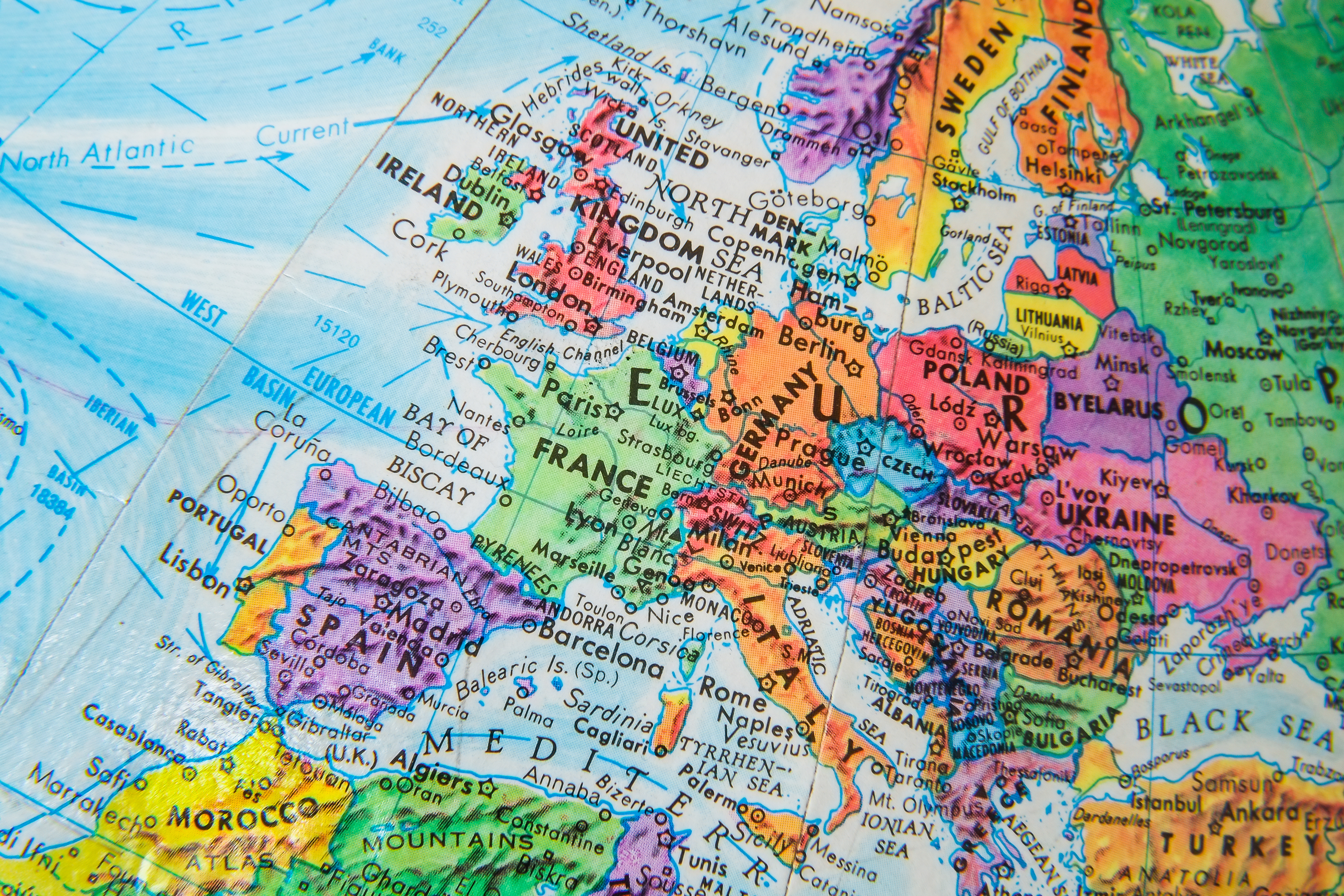
At their simplest, interconnectors are good for the power system. They connect the relatively small British Isles to a significant network of electricity generators and consumers. This is good for both helping secure supply and for broadening the market for domestic power, but the system in which interconnectors operate isn’t working.
Since 2015 interconnectors have had the right to bid against domestic generators in the government’s capacity market auctions.
The government uses these auctions to award contracts to generators that can provide electricity to the grid through existing or proposed facilities. The original intention was also to allow foreign generators to participate. As an interim step, the transmission equipment used to supply foreign generators’ power into the GB market – interconnectors – have been allowed to take part. In practice, interconnectors end up with an economic advantage over other electricity producers.
Firstly, interconnectors are not required to pay to use the national transmission system like domestic generators are. This charge is paid to National Grid to cover the cost of installation and maintenance of the substations, pylons, poles and cables that make up the transmission network. Plus the cost of system support services keeping the grid stable. Interconnectors are exempt from paying these despite the fact imported electricity must be transported and balanced within England, Scotland and Wales in the same way as domestic electricity.
Secondly, interconnectors don’t pay carbon tax in the GB energy market. The Carbon Price Floor is one of the cornerstones of Great Britain’s decarbonisation efforts and has enabled the country’s electricity system to become the seventh least carbon-intense of the world’s most power intensive systems in 2016, up from 20th in 2012.
Interconnectors themselves do not emit carbon dioxide (CO2) in Great Britain, but this does not mean they are emission-free. France’s baseload electricity comes largely from its low-carbon nuclear fleet, but the Netherlands and Ireland are still largely dependent on fossil fuels for power. Because the European grid is so interconnected even countries which don’t yet have a direct link to Great Britain, such as Germany with its high carbon lignite power stations, also contribute to the European grid’s supply. The Neuconnect link is planned to connect Germany and GB in the late 2020s.
Not being subject to the UK’s carbon tax – only to the European Union’s Emissions Trading System (EU ETS) which puts a much lower price on CO2 – imported power can be offered cheaper than domestic, lower-carbon power. This not only puts Great Britain at risk of importing higher carbon electricity in some cases, but also exporting carbon emissions to our neighbours when their power price is higher to that in the GB market..
This prevents domestic generators from winning contracts to add capacity or develop new projects that would secure a longer-term, stable future for Great Britain. In fact, introducing more interconnectivity could in some cases end up leading to supply shortages, be they natural or market induced.
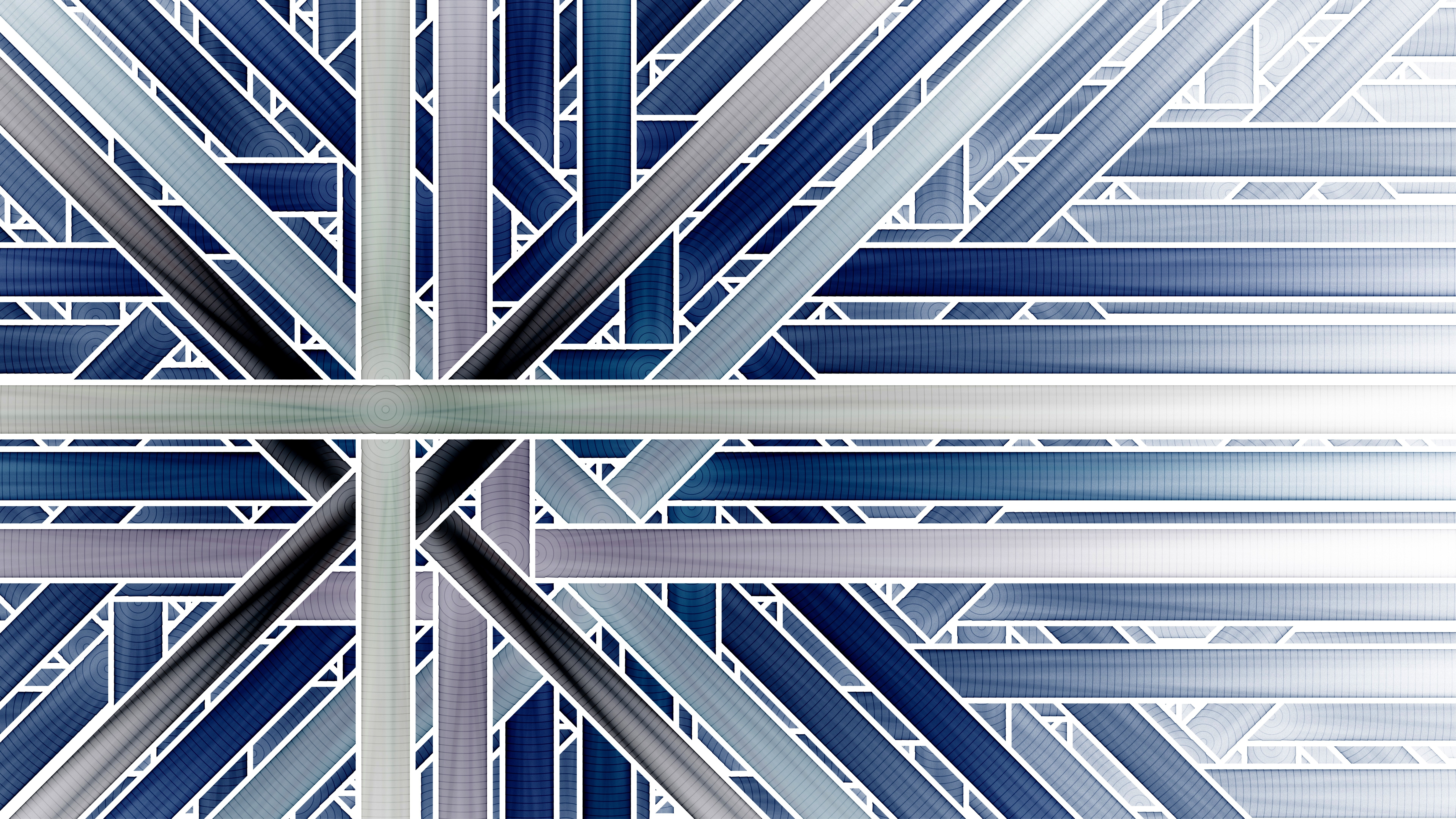
The contracts awarded to interconnectors in the capacity market auctions treat purchased electricity as guaranteed. But, any power station can break down – any intermittent renewable can stop generating at short notice. Supply from neighbouring countries is just the same.
Research by Aurora found that historically, interconnectors have often delivered less power than the system operator assumed they would and on occasion exported power at times of peak demand. This happened recently during the Beast of the East, when low temperatures across the continent drove electricity demand soaring.
This European-wide cold spell meant Ireland and France (which has a largely electrified heating system) experienced huge electricity demand spikes, driving power prices up.
As a result, for much of the time between 27 and 28 February Great Britain exported electricity to France to capitalise on its high prices. This not only led to more fossil fuels being burned domestically, but it meant less power was available domestically at a time when our own demand was exceptionally high. Even when the interconnectors do flow in our direction they cannot provide crucial grid services like inertia so our large thermal power stations are often still needed.
It is difficult to say for certain how interconnectors will function during times of high demand in the future due to a lack of long-term data, but that which we do know and have seen suggests they don’t always play to the country’s best interests.
There is still an important role for interconnectors on the Great Britain grid, but to deliver genuine value the system needs to be fairer so they don’t skew the market.
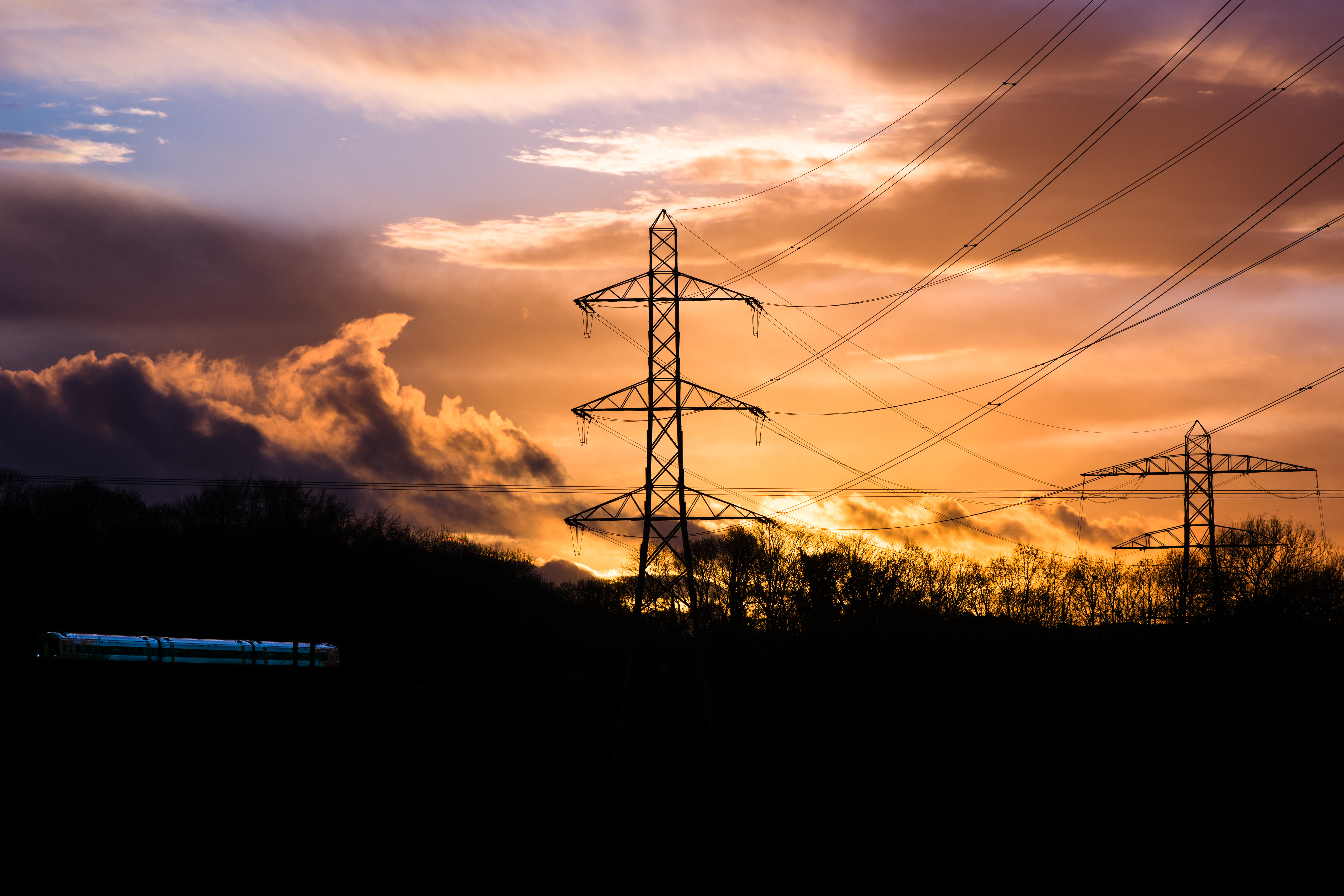
Interconnectors bring multiple benefits to our power system. They can help with security of supply by bringing in more power at times of systems stress, with the right system in place they can help reduce the need to rely on domestic fossil fuels and enable more renewable installation, and if electricity is being generated cheaper abroad, they can also create opportunities to reduce costs for consumers.
However, the correct framework must be put in place for interconnectors to bring such benefits while allowing for domestic projects that can help secure the country’s electricity supply.
As a start, interconnectors should be reclassified – known as de-rating – to compete with technologies on an equal footing.
Drax’s proposed OCGT plants, which can very quickly start up and provide the grid with the power and balancing services it needs, before switching off again, could offer a more reliable route to grid stability than such overwhelming dependence on interconnectors will. In addition, the coal-to-gas and battery plans at Drax Power Station, would prove to be a highly flexible national asset.
New gas and interconnectors should be able to compete fairly with one another. Policymakers should facilitate a system that allows competing technologies to exist in a cost beneficial way. Both interconnectors and domestic thermal power generators can play their part in creating stability, transitioning towards a decarbonised economy and fitting within the UK’s industrial strategy.
In 1961, when the first interconnector was switched on it marked a new age of continental co-operation. Five decades on we should not forget this goal. In an ever more complex grid, what we need is different technologies, systems and countries working together to achieve a flexible, stable and cleaner power system for everyone.

Pylons are one of the most recognisable and perhaps divisive symbols of Great Britain’s electricity system.
There are plenty who decry these metal giants as blotches strung across the country’s green and pleasant landscape. But time has turned the 1930s designs of Great Britain’s pylons into something of a modernist classic, even beloved by some.
What pylons symbolise, however, is more than just the modernisation of the country in the first half of the 20th century. They also represent the promise of safe and reliable electricity for all. There are now more than 90,000 pylons across Great Britain and while the energy system continues to evolve, pylons have changed little since they first went up outside Edinburgh in the 1920s.
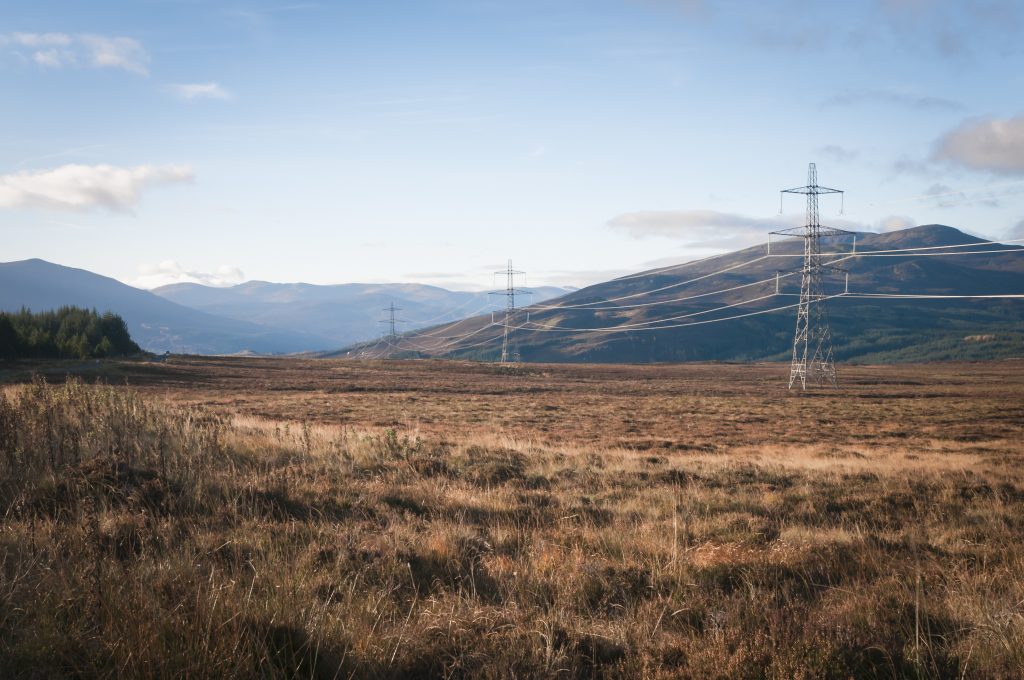
The first successful attempt to transmit electricity over long distances using overhead wires took place in 1882. German engineer Oskar von Miller and his French colleague Marcel Deprez successfully transmitted 2.5 kilowatts of electricity 57km along a telegraph line.
The simple iron line transmitted a 200 volt current from a steam engine-powered generator near Miesbach to the glass palace of Munich, where it was used to power the motor for an artificial waterfall. The line failed a few days later, and even though it may be a world away from today’s 800,000 volt ultra-high voltage transmission lines, this first trial laid the foundation for the way we move energy today.
Jump to 1928 and there was something new arising on Edinburgh’s horizon. The first “grid tower” was erected here on July 14th as part of the recently established Central Electricity Board’s ambitious project to create a “national gridiron”.
Connecting 122 of Great Britain’s most efficient power stations to consumers was a mission that required 4,000 miles of cables, mostly overhead. Sir Reginald Blomfield was called in to tackle this grand challenge.
Blomfield adopted a design submitted by the American firm Milliken Brothers for the “grid towers” that would criss-cross the country. A staunch anti-modernist – as he made clear in Modernismus, his attack on modern architecture – Blomfield looked to ancient Egypt to name his steel towers.

In Egyptology, a pylon is a gateway with two monumental towers either side of it. These represented two hills between which the sun rose and set, with rituals to the sun god Ra often carried out on the structures. It was an epic name to match the grand ambitions of creating a national grid.
By September 1933 the last of the initial 26,000 pylons that made up the National Grid were installed, less than a third of the 90,000 that make up the system today. The grid was now ready to operate, on time and on budget.
As the energy system continues to evolve Great Britain’s pylons are changing too. In 2015, the National Grid unveiled a new Danish-designed pylon that shifts away from the classic industrial tower to a T-framed ski-lift style model designed to minimise the visual impact of the pylons on the landscape.
Another approach also being adopted is burying cables underground. The process of digging tracts and burying cables for thousands of miles could cost as much as £500 million but could help preserve areas of natural beauty while ensuring the whole country has access to the safe and reliable electricity it has come to expect.
As with all change, these announcements have caused a surge in nostalgia for the pylon remembered from childhood car journeys across the country.
Around the globe electricity pylons are now ubiquitous and are being pushed to new technological limits. In 1993 Greenland became home to the longest stretch of overhead powerline between pylons in the Ameralik Span, while China’s Zhoushan Island Overhead Powerline Tie set the record for the world’s tallest pylons in 2010 with two 370-meter towers.
Despite the advancements, it’s notable how little these structures have changed from the those first installed around the world. The proposed humanoid sculptures of Icelandic architecture firm Choi+Shine bare a resemblance to the original skeletal towers of the 30s. And it shows just how successful those original pylons have been at delivering much-needed electricity to homes and businesses around the country.
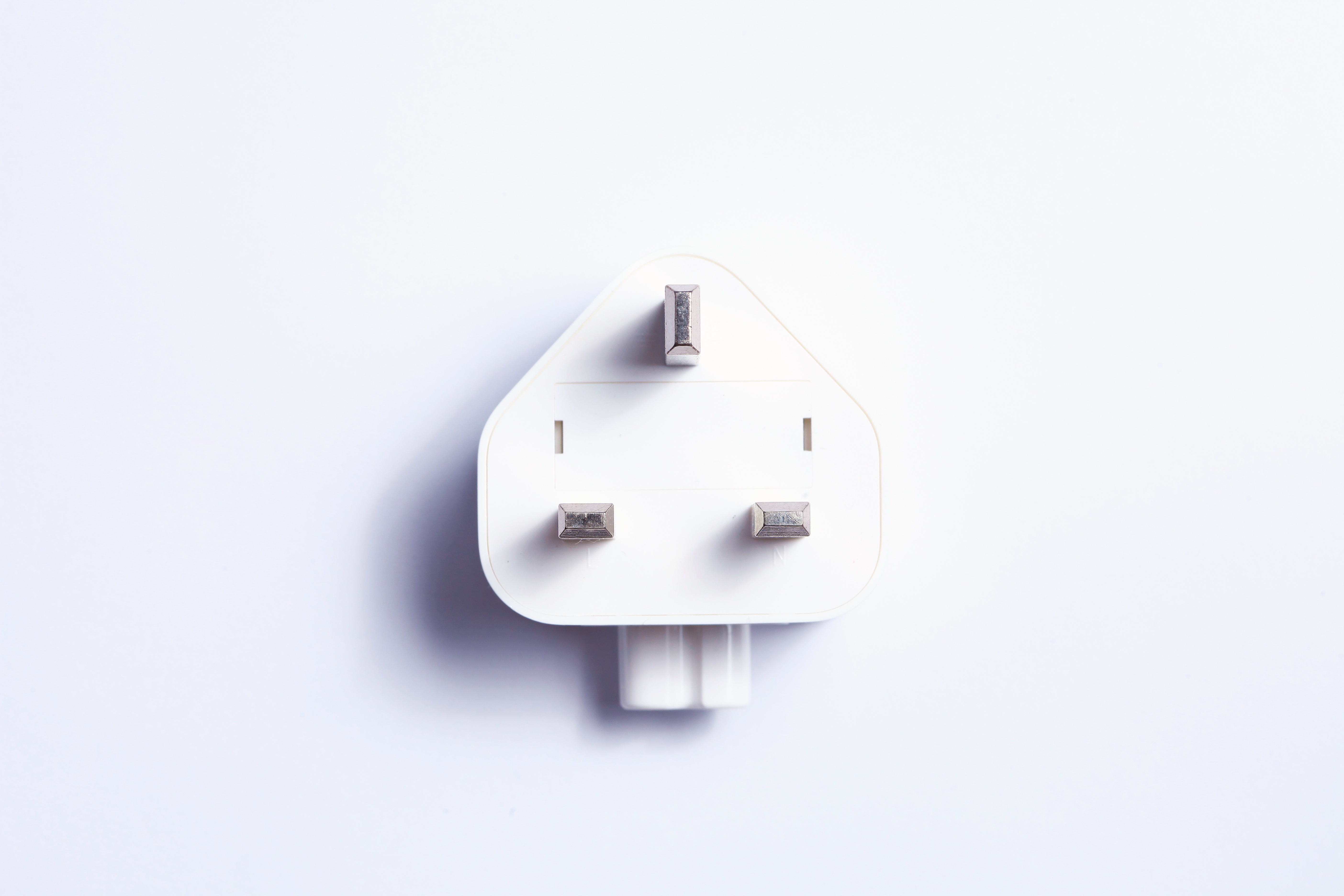
The residents of Cupertino, California are getting used to their new space-aged neighbour. In this Silicon Valley city, a sleek, doughnut-shaped flying saucer sits on a hillside, overlooking the population. But this is no extra-terrestrial. This is the new home of Cupertino’s most-famous inhabitant: Apple.
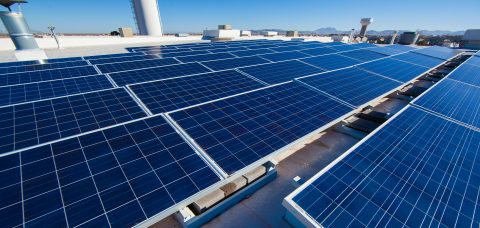
The so-called Apple Campus 2 ‘spaceship’ has caused a stir since it opened this year. With its abundance of trees, 100,000 square-foot wellness centre, revolutionary chairs and specially designed pizza boxes, it aims to be, as the late Steve Jobs declared it, “the best office building in the world.”
But there’s also something interesting going on outside the building where women and men think up the next iPhone. Around the 175-acre campus sits 805,000 square-feet of solar arrays. The 17 megawatts (MW) of solar panels on the spaceship’s roof and 4 MW of fuel cell storage will provide 75% of the building’s daytime electricity, with the rest coming from a nearby 130 MW solar farm.
The aim is to not only power operations with renewable energy, but to do so with self-generated renewable energy – and Apple aren’t alone in this endeavour.
Driven by a need to operate more cleanly and enabled by increasingly accessible renewable energy technologies, many companies are now pursuing their own energy independence. Could we soon see the first entirely off-grid multinational?
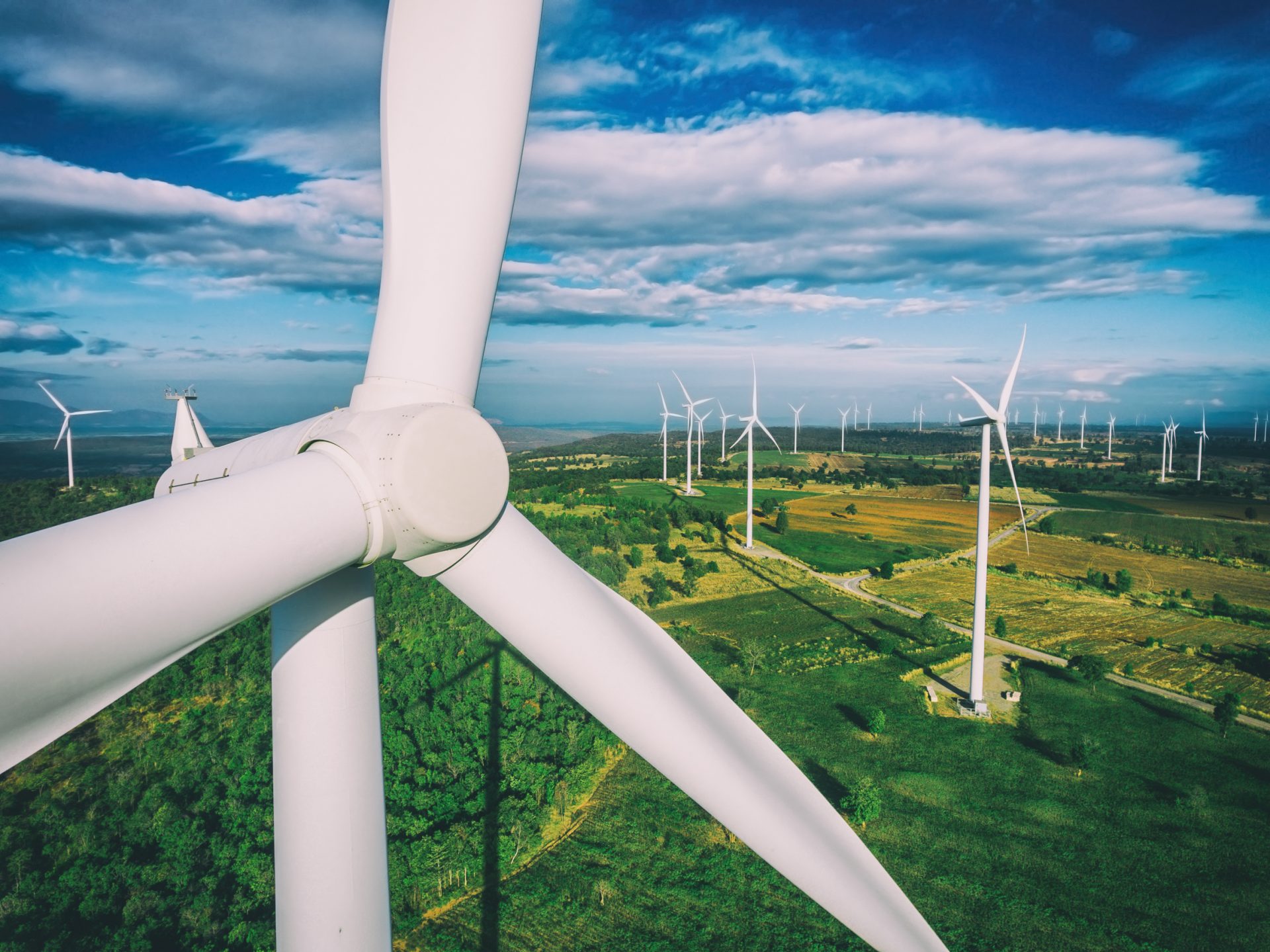
Think of IKEA and you might think of long afternoons wrestling woodwork and Allen keys – what you don’t think of is wind turbines. However, the Swedish retailer, which boasts 355 locations across 29 countries, recently saw the number of wind turbines it owns exceed the number of stores. By 2020 it aims to generate more renewable energy than it uses worldwide – something it’s already achieved in the Nordics and Canada.
IKEA isn’t the only retailer exploring innovative energy models. US shopping and leisure mall giants Target and Walmart, which count almost 7,000 locations between them, are also looking to self-generate renewable energy at mass scale.
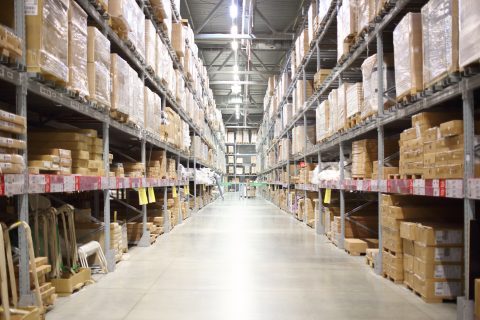
Making use of the space available at their massive stores, the retailers are looking to rooftop solar systems to power their efforts to reach 100% renewable energy. At the end of last year Target was the US’ leading corporate solar installer with 147.5 MW of capacity, followed by Walmart with 145 MW.
Unsurprisingly, the tech industry is making a big push towards self-supply or sourcing power from 100% renewable generators. This is largely down to just how much electricity they use, particularly when it comes to things like data centres.
Estimated by some to become the largest users of electrical power on the planet by the 2020s, datacentres house hundreds of rows of servers that remotely store and process internet and mobile data from around the world. They are the physical footprint of our digital, cloud computing age and already they’re estimated to use roughly 3% of the global electricity supply.

One big user of datacentres — crypto currency Blockchain — is projected by 2020 to use about the same amount of power each year as Denmark.
Microsoft has tackled its datacentre demand by both developing in-house generation capabilities and by partnering with local utilities suppliers to source renewable energy for their centres. Not only does this make operations cleaner, but the independence can also increase the reliability of their power supplies, which are often backed up by batteries.
There are other obvious benefits for companies going energy-independent – one being the PR boost. But there is also a significant bottom line benefit, even for partly self-generating organisations. In the first half of 2017 Thames Water cut £12 million from its annual energy bills by producing 23% of its own electricity.
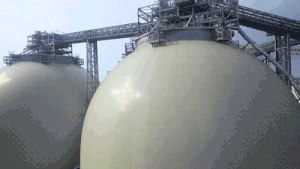
While solar and wind made up part of this, the water management company generated much of the 146 GWh it produced through biogas made from its own sewage management facilities. The power it didn’t generate itself was sourced from Haven Power in the form of renewable biomass electricity.
The cynical view may be one that says energy independence is a further step towards entirely independent and unregulated multinationals, but there are signs it can benefit the wider population too.
Some self-generation operations can feed electricity back into the grid, serving as a backup resource at times of high demand. This idea of ‘prosuming’ (both producing and consuming electricity) is growing outside of big businesses in the residential space. With the rise of electric vehicles and their potential to store and feed power back to the grid, it is one likely to grow even further, and big companies are taking note.
Microsoft points to its Cheyenne, Wyoming-based data centre as an example of this. Local utility Black Hills Energy (which it has partnered with to source renewable power) has the ability to draw from the datacentre’s normally dormant backup generators in times of need.

In the UK, this is happening on a smaller scale. Hamerton Zoo Park, in Cambridgeshire, generates its own onsite wind, solar and biomass power, making it the most ‘environmentally friendly zoo in Europe’. Excess power not used on site is then sold back to the grid through Opus Energy, generating extra revenue for the zoo and contributing to overall grid supply.
Even with growing numbers of prosuming and energy-independent companies, however, there will still be a need for grid-stabilising services provided by large scale generators. Companies perform well when they focus on their core business. Partnering with energy suppliers to help them manage their electricity – including their self-generated power – can make sense. But what increasing levels of distributed renewable energy generation offers is the potential to reduce usage of fossil fuels at a countrywide level.
Coordinating the give and take of this energy across the entire system will take significant effort, but smart technologies and improving storage will help grids and energy-independent companies work together to make the whole system cleaner.
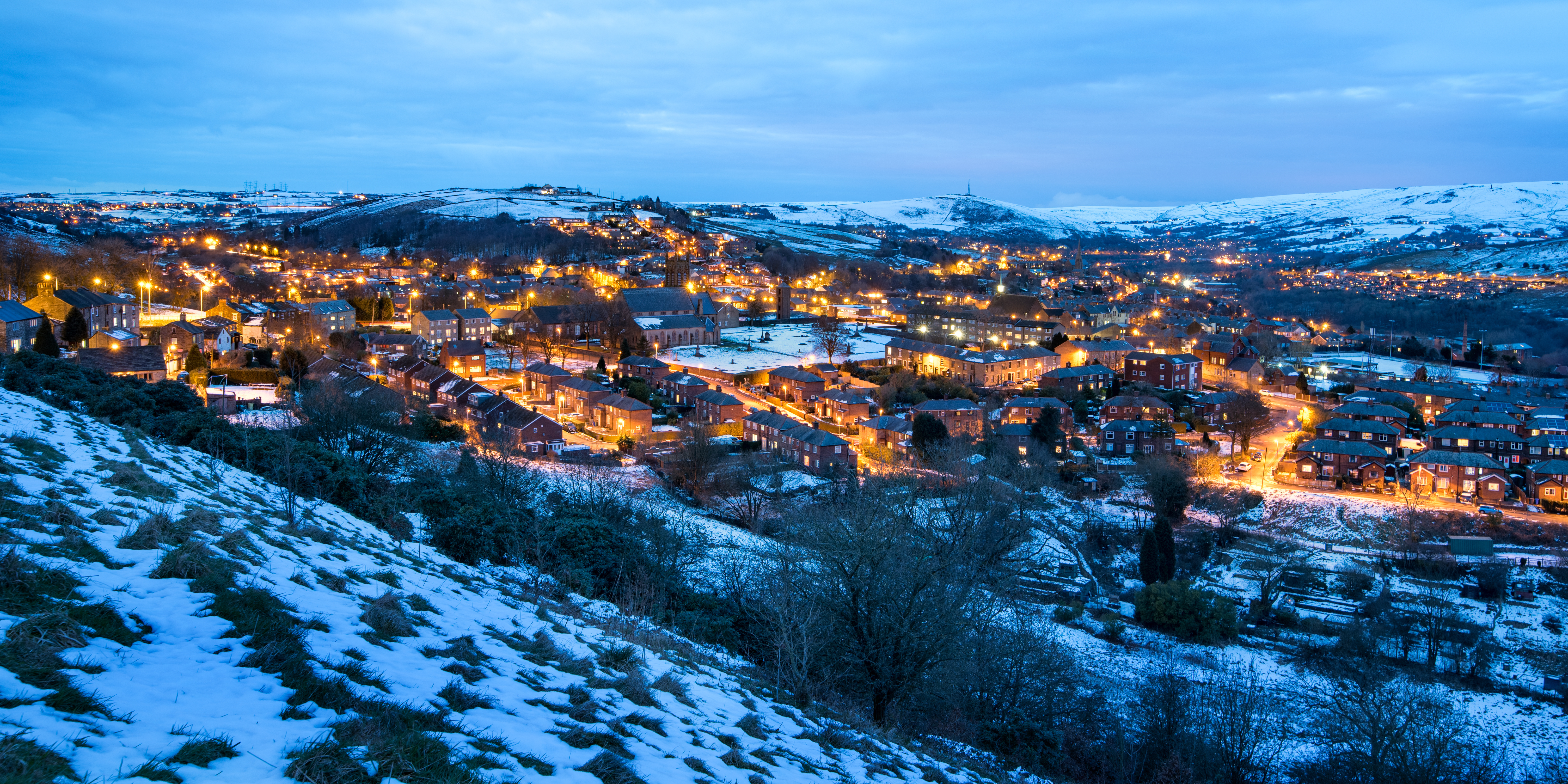
Preparing for winter is one of the UK power system’s biggest challenges. Shorter days and falling temperatures ramp up demand for electricity and gas to power lights and heating across the country. This can put strain on the grid, even leading to blackouts if not carefully managed.
In anticipation of potentially difficult times, National Grid assesses Britain’s winter energy system to determine how much power we’re going to need, and more importantly, to ensure generators can produce enough to meet demand.
In its most recent report looking at winter 2017/18, National Grid’s take is a positive one: there will be enough power to meet demand. More than that, it has the potential to be cleaner than ever before.
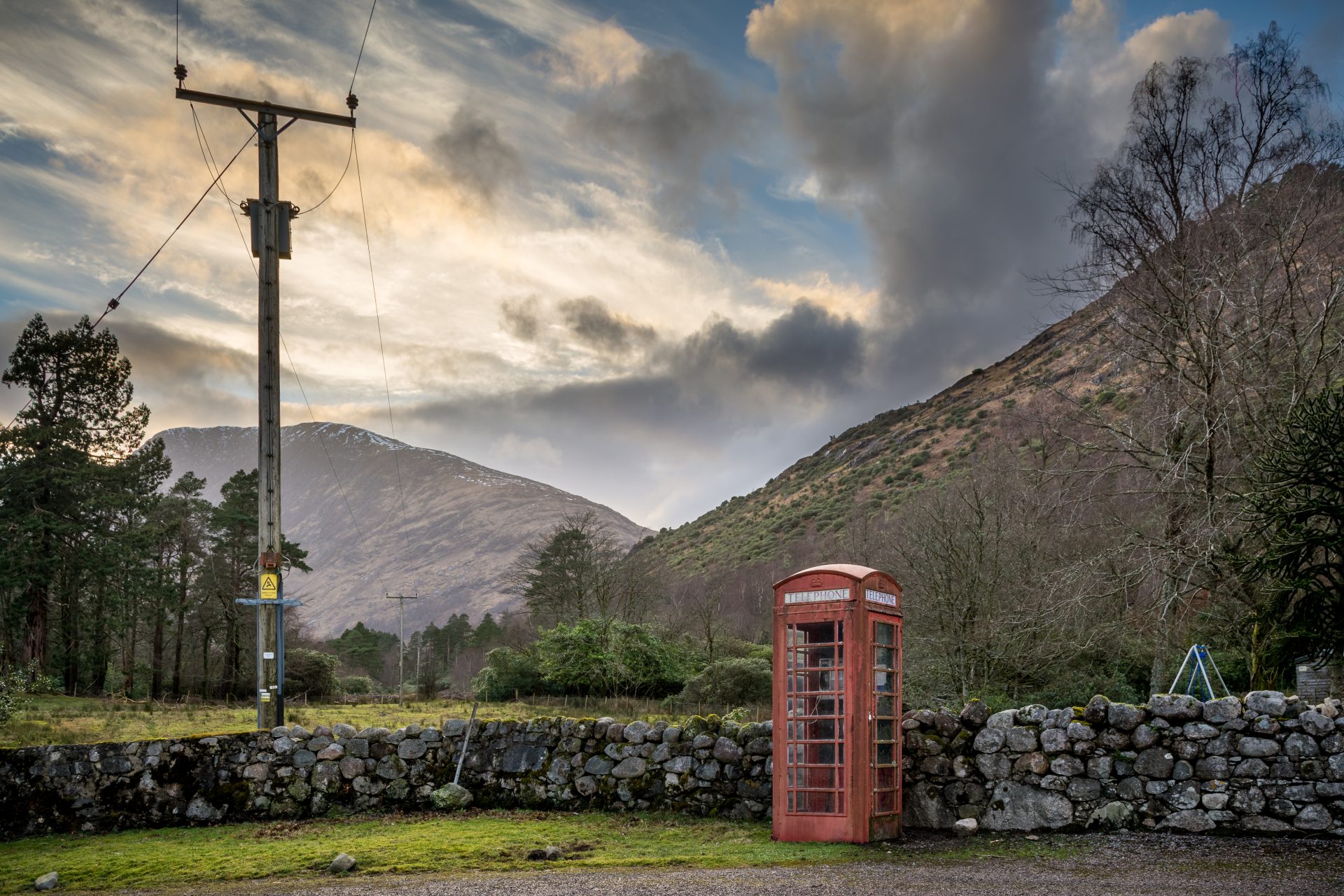
In the report, National Grid forecasts a surplus power margin (how much generation capacity will exceed estimated demand) of 10.3% – a significant increase from last year’s 5.7% margin.
What does this mean in real terms? The report predicts a peak electricity demand of nearly 51 GW during the darkest, coldest days of mid-December. By contrast, the total possible capacity of the UK’s energy system during winter is 101.2 GW, not including interconnectors importing power from abroad.
It is important to note, however, that 101.2 GW is more a theoretical number than an expected one. Considering normal occurrences such as planned outages, breakdowns, or other operational issues that prevent power stations generating their usual output, a more accurate estimate is 66.1 GW.

But electricity isn’t the only resource put under strain in the winter months – gas is also in high demand for heating and for electricity generation. In the report, National Grid predicts this winter to have a lower gas demand than last year, owing largely to a decrease in gas-fuelled electricity generation. However, where gas-fired electricity is likely to remain integral is in plugging the gaps in electricity supply left by intermittent renewables.
Weather plays a huge part in both the consumption and generation of power. During the winter, when days are shorter and darker, and the wind calmer, solar and wind cannot generate and feed into the power grid as they normally would.
This means when there are sudden spikes in demand (such as in a cold snap), National Grid must secure other sources to avoid disruption, which can sometimes include carbon-intensive coal, diesel generators, or importing power from Europe.
This growing pressure on the system requires flexible and reliable sources of energy that can quickly react to these sudden surges.
“Biomass is a reliable, flexible renewable and available at scale. It’s able to provide the full range of support services the grid needs to retain stable supplies – whatever the weather,” says Drax Power CEO, Andy Koss.
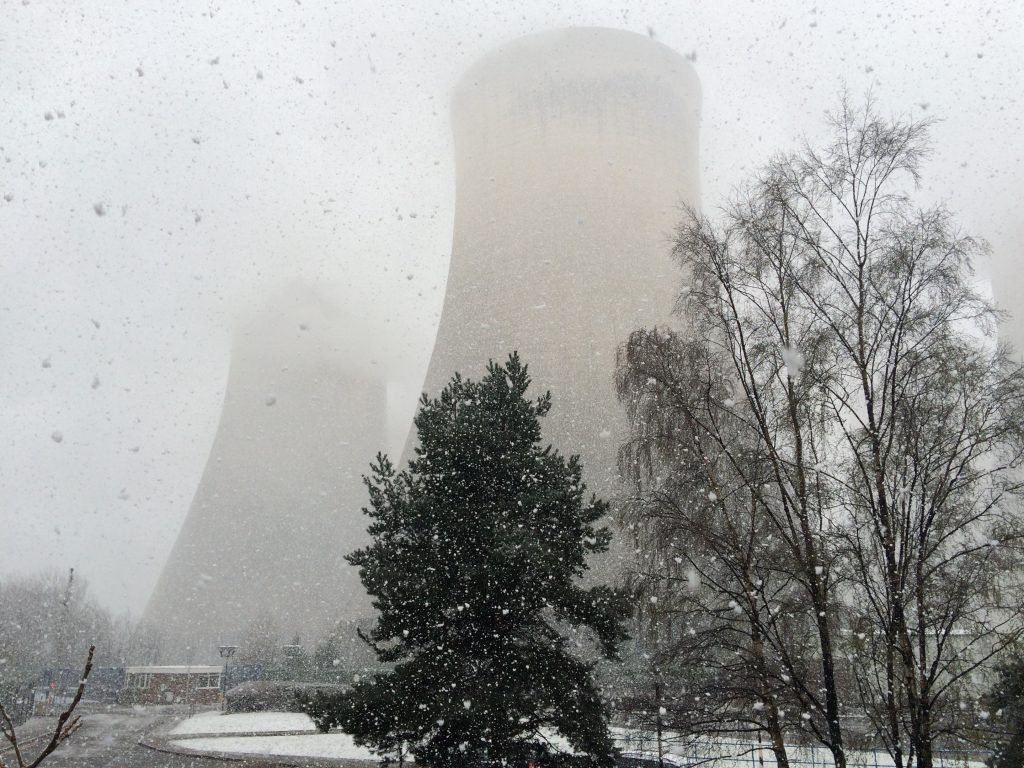
Drax Power Station’s south cooling towers recycle water and feed it back into the boilers, where 17% of the UK’s renewable electricity is generated
The ability to secure sufficient, reliable and lower-carbon power over the winter months is key to the ongoing decarbonisation of the UK. Biomass and gas will play an important role in allowing the country to operate with less dependence on fossil fuels.
We’ve already made significant headway in this field. Last year, Christmas Day was powered by more renewable electricity than ever before, while each quarter of 2017 has seen new clean energy records broken.
As we move into another winter, it’s imperative generators and operators focus on the security of supply. That the stability of our power system will be secured by lower carbon sources is an added – and much needed – bonus.